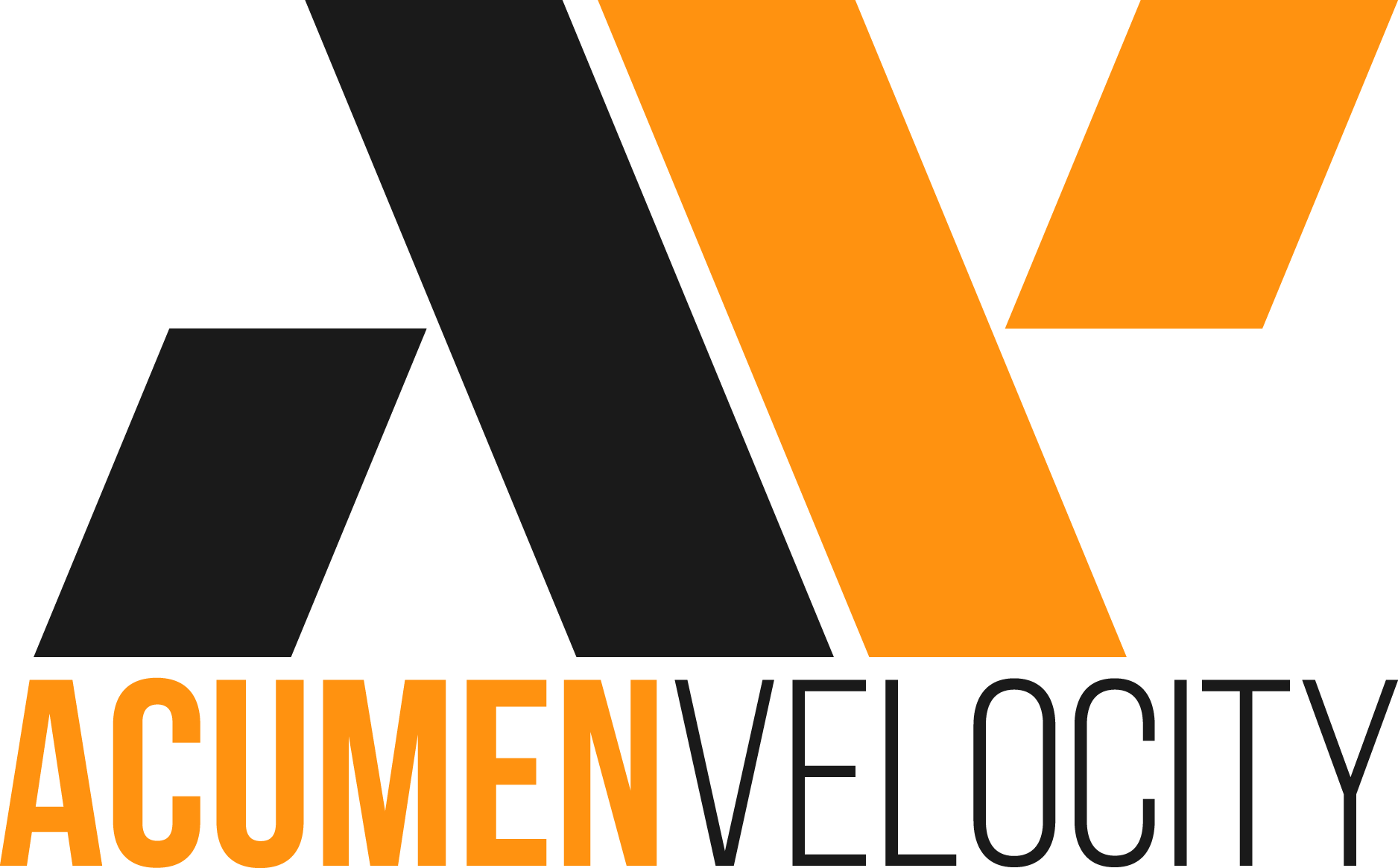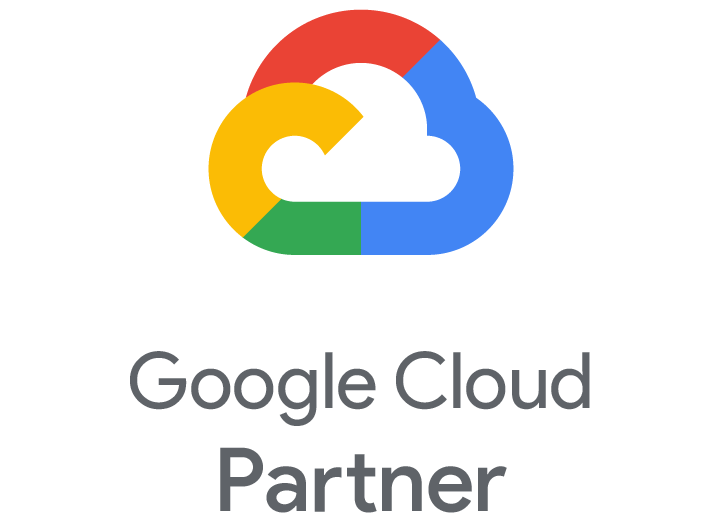It is amazing how many businesses are obsessed with search engine optimization.
They are aware that creating a well-thought-out SEO strategy can effectively mean, free internet traffic which they can capitalize on.
Imagine, a steady flow of inbound leads delivered, this is the real deal, the real “Done For You” that businesses keep chasing, the elusive paper, it’s right here, right now..
All Google really wants is to satisfy the user intent and keep them happy. It wants to provide highly relevant and contextual information from the best possible sources.

Google analyzes user behavior on the websites and assesses whether site users are satisfied and determines the level of engagement that your site provides. How does it do this? Simple – it tracks the length of time users spend reading the content on your site.
Let’s demystify this “on-page SEO”, let’s really get it out of the way and take solid measures to ensure that your SEO strategy will continuously operate like a well-oiled machine and deliver peak efficiency for the life of your website.
To rank a page on Google for a specific keyword or set of keywords, you must emphasize two components
1) On-page activities
2) Off-page activities
In this article, we will focus on the On-page activities. Let’s begin…
What is On-Page SEO?
On-page SEO boils down to optimizing the structure of your website hence making it convenient for the web crawlers sent out by search engines like Google that read the data and the structure of the website and assess the association of your website with the desired keywords.
If a search engine is unable to read your site or find it, all your optimizations are a waste of time and resources.
The first step is to always check that your website is crawl-able by ensuring that you ‘Allow search engines to index this site’ option is selected under your CMS Web Site Visibility heading.
The next step to confirm that your website is being crawled, log on to Google Webmaster tools.
On the Webmaster Tools Dashboard, check the Health and select Crawl Stats. Here you should be able to see if your site is being crawled and how often and by whom.
Plan your website Architecture To Amplify Your On-Page SEO
The organization of your web pages should be done by subject matter and further broken down by categories.
Categories are very important when it comes to describing your website into multiple components, thus bringing to light the various offerings your business has.
Example:

As you can see, having a clean and efficient architecture like the above example not only enables your website to be read and understood by the users but also inferred by the search engines themselves.
As a rule of thumb, you may go one more level down from those categories but that is the max depth you should go if you are a small company.
For larger companies, with hundreds of products and product types/classifications, it is best to hierarchically group the information architecture of the site by creating higher level categories (Like in the above example, a higher level category would be Web Development) and the primary keyword for the home page would be: Software solutions provider.
It is thus best to avoid “keyword cannibalization” – in short terms, it is better not to confuse the search engine crawlers by targeting multiple pages with similar keywords.
Google uses synonym matching and hence it is best that as designers and developers, the decisions regarding the keywords should be made by us rather than creating ambiguity for the search engines.
This kind of confusion is very common but is easy to fix.
On-Page SEO – Main Elements To Consider:

The speed of Your Website
Today’s highly busy audience expects your website to load in under two seconds.
More than 50% of online shoppers will close a website and completely forget about it if it does not load in under 2 seconds and buy from the next one.
We all hate to wait, Don’t we? Ah, the instant gratification of the internet has made us much more impatient.
Google knows and understands this, hence it cares about page load time and uses it as a metric to ascertain the relevancy of your site.
Okay, I will say it loud and clear: Site Speed Does Affect Rankings. To see your site’s current speed, you can use Google’s Site Speed tool.
Just enter your URL there and you will be presented with some technical information, please give that to your developer.
Google also provides suggestions on how to fix each item and can sometimes provide further information on the fix that you can take back to your team.
There are various ways to fix the site speed issues including using CDN (Content Delivery Networks).
Content / Body of the page
A by-product of creating in-depth content is that you will experience a corresponding increase in traffic from keywords that are termed as long-tailed searches.
These are specific keyword phrases that indicate user positioning, intent & urgency.
They are called LSI (Latent Semantic Indexing) Keywords and they help search engines give you valuable link juice as a reward in return for helping people solve their problems with your content.
In a recent study, as many as 80% of online shoppers felt closer to a company after reading custom content.
The keywords for each page should be included as part of the natural language in the content of the page and have to be in the body of your page at least four times, as a rule of thumb.
Be sure to rearrange the keywords to make them flow as natural text.
Google has become a lot more contextual, hence an exact keyword string is not needed for all four instances. The appropriate sequence would be to have your exact keyword appear at least one of those four times.
If the focus keyword is presented 10 – 15 times it will hurt the readability of the page and will hurt your rankings.
A simple rule to follow is to try to write for humans and tweak for search engines.
Your content at the very least has to be 500 characters, although I highly recommend having 2000+ words. Anything less than this is considered light and will hold no value.
It is important not to stretch the articles, focus on getting your point across as concisely as you can.
Images
Text without images is like soup without salt. If you are adding images, make sure your primary keyword for that page is present in the alt tag of the image.
The name the image should also match your keywords, example keyword.jpg.
Consider adding a relevant royalty free image as it will help not only in the rankings, but a related image that ties back to your content will dramatically improve the readers’ ability to recall the information and add a lot more context to your content.
Page Title (Title Tag)
The Title Tag or the page title – is the result that shows up in the search engine.
Ideally, the page title should be, “Exact keyword | yourwebsite.com”. This is by far the best practice to use your keyword on the title text.
Your page title is what will be displayed as the title in the search engine results, so it should be easy to read, relevant and interesting enough to encourage searchers to click through to your website.
Getting to the top spot on the search result for any keyword is useless if no one clicks on the result, or it is not relevant to what the user is searching or looking for (User Intent).
Each page should have page title only once, sometimes many pages have multiple page titles, our goal is to not confuse the search engines but help them.
The search engines should not and cannot decide which title to attribute your page to and hence it needs to be clarified by us.
You can easily determine how may page title elements are present for any given page, just right click, view the source code for your page (in Chrome) and do a find for Page Title.
You can use Moz’s preview tool to preview how your title tags will appear in the search engine.
Meta Description (Description)
Writing a clean meta description is an art and is a very important factor to your page.
A good meta description can easily impact the search traffic of your site. The meta description is used by the search engines to comprehend the topic of the page and establish the audience that should be sent to the page.
Your keyword should be a part of the natural language and be present in your meta description, the meta description should be under 156 characters in length.
Meta Keyword
A quick note about using meta keywords: Don’t Use Them. They will hurt your rankings.
Header Tag / H1 TAG
The h1 tag is a very important element of your page. Your keyword for the page should be at the front of the tagged text. In some CMS (like WordPress) your h1 tag will default as your page title.
If you need to differentiate the two, download an SEO plugin that will allow you to write custom page titles and meta descriptions.
The keyword should only be used once in the h1 tag. This is ideal, however twice is acceptable too if done well.
URL Of The Page
Your URL should contain your target keywords, example: http://www.abc.com/keyword or http://www.abcvariation.com/keyword
It is best practice to use standard characters in your URLs; meaning letters, numbers, and dashes (-) in place of spaces.
Your URL length needs to be under 76 characters in length or less, search engines will often truncate after 76 characters – meaning, your keyword may not get picked up in the myriad of characters.
Having subfolders in your URL is a best practice. example: a URL such as abc.com/keyword is much better than abc.com/blog/2018/01/keyword.
The Canonical
Canonical tag is essentially a way to give credit to the original page where your content might have been published.
If your content is original, then set the rel canonical to the same page, this tells the search engines that you are the originator of the content.
Remember, if you have duplicate content that refers to another page on your site, work hard to either re-write it or if that is not possible at the moment, use the canonical tag so that your rankings are not impacted.
Page Linking (Internal and External)
Internal linking within your site helps to provide further insight and adds context about other pages and topics related to the content. The link is actually used as a source for credibility while also helping your SEO.
Externally linking to a few relevant sources of information related to your content (Like Wikipedia for example) can add a level of relevance to the page content, however, it should be kept to a minimum and not overused.
All links to content within your site should also include the keyword optimized pages in the hyperlink so that the user knows where they will be redirected to.
It is not advisable to go overboard with linking, Both to internal or external content, search engines can perceive this as a deceptive SEO tactic.
On-page SEO should be put in place at the design stage of your website. It’s not difficult to make the changes even after the launch since it does not impact the uptime of your website. Always remember not to build a site for search engines. Websites are intended to be built for people.
These changes do not take down your website and can safely be launched at any time.
However, it’s easier to implement these things during site construction.
So go ahead and run a website audit and focus on your on-page SEO. You will be surprised at the opportunities that you could capitalize while adding to the relevancy of your business on the search engines.
Questions? Suggestions? Comments? Feel free to discuss below…


